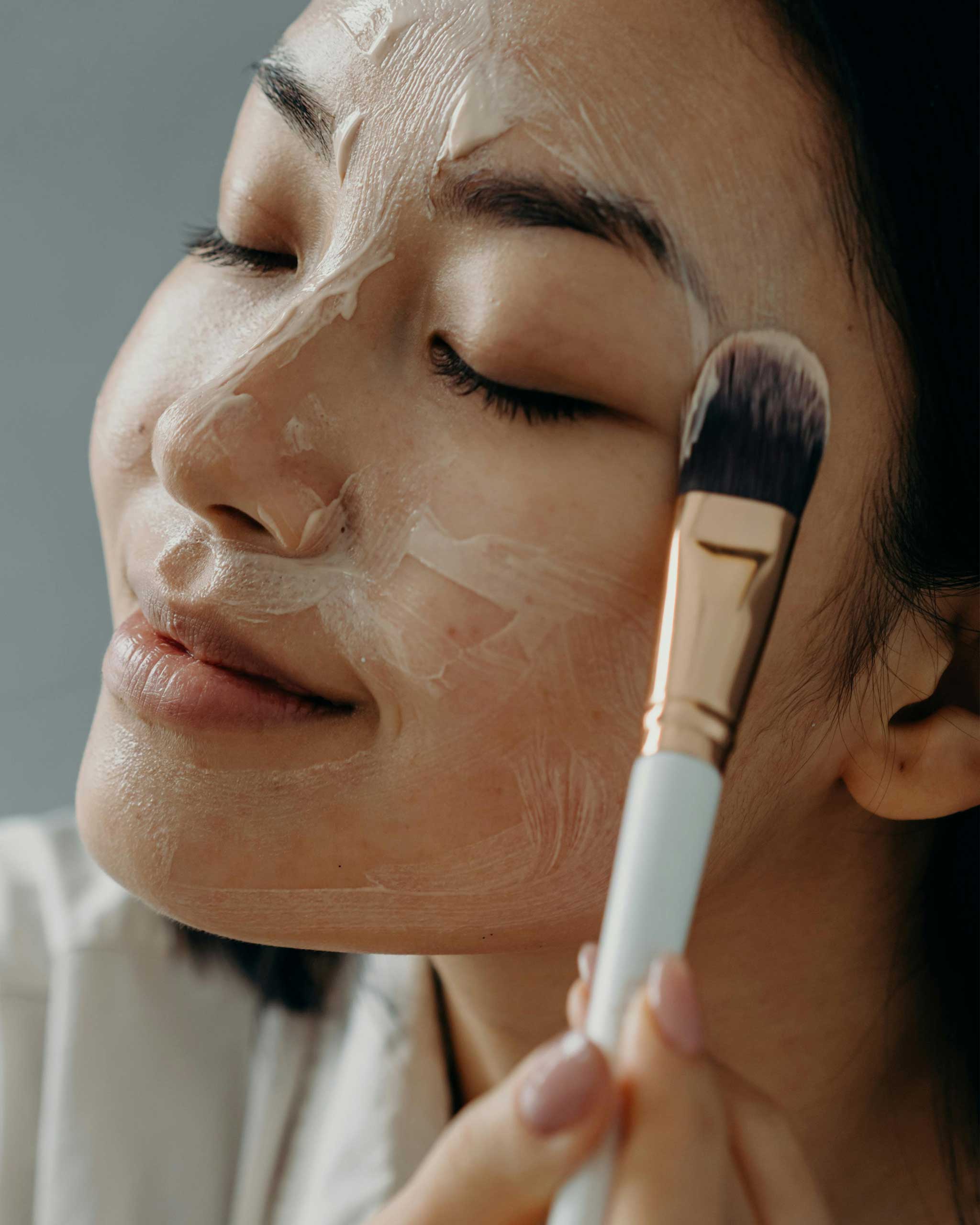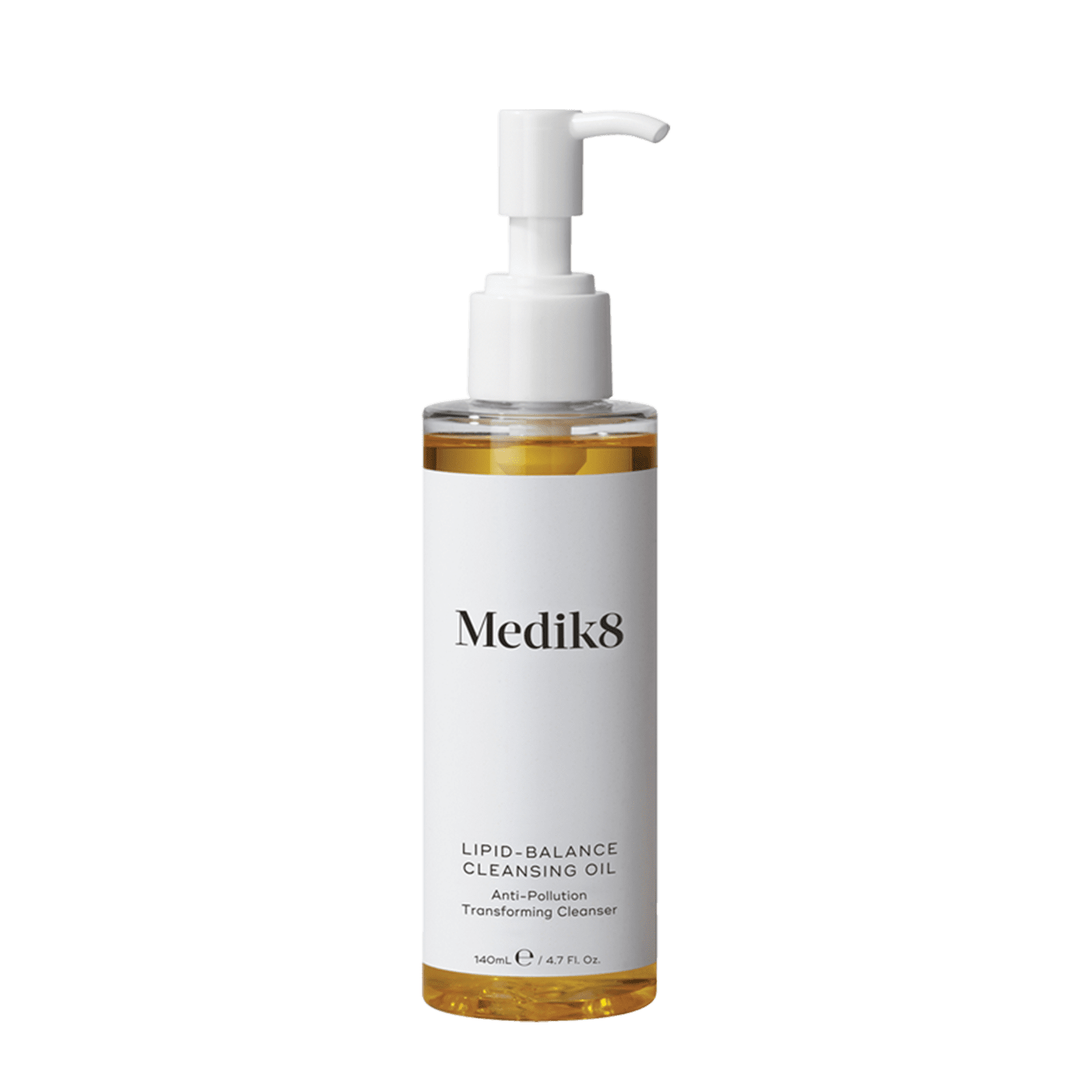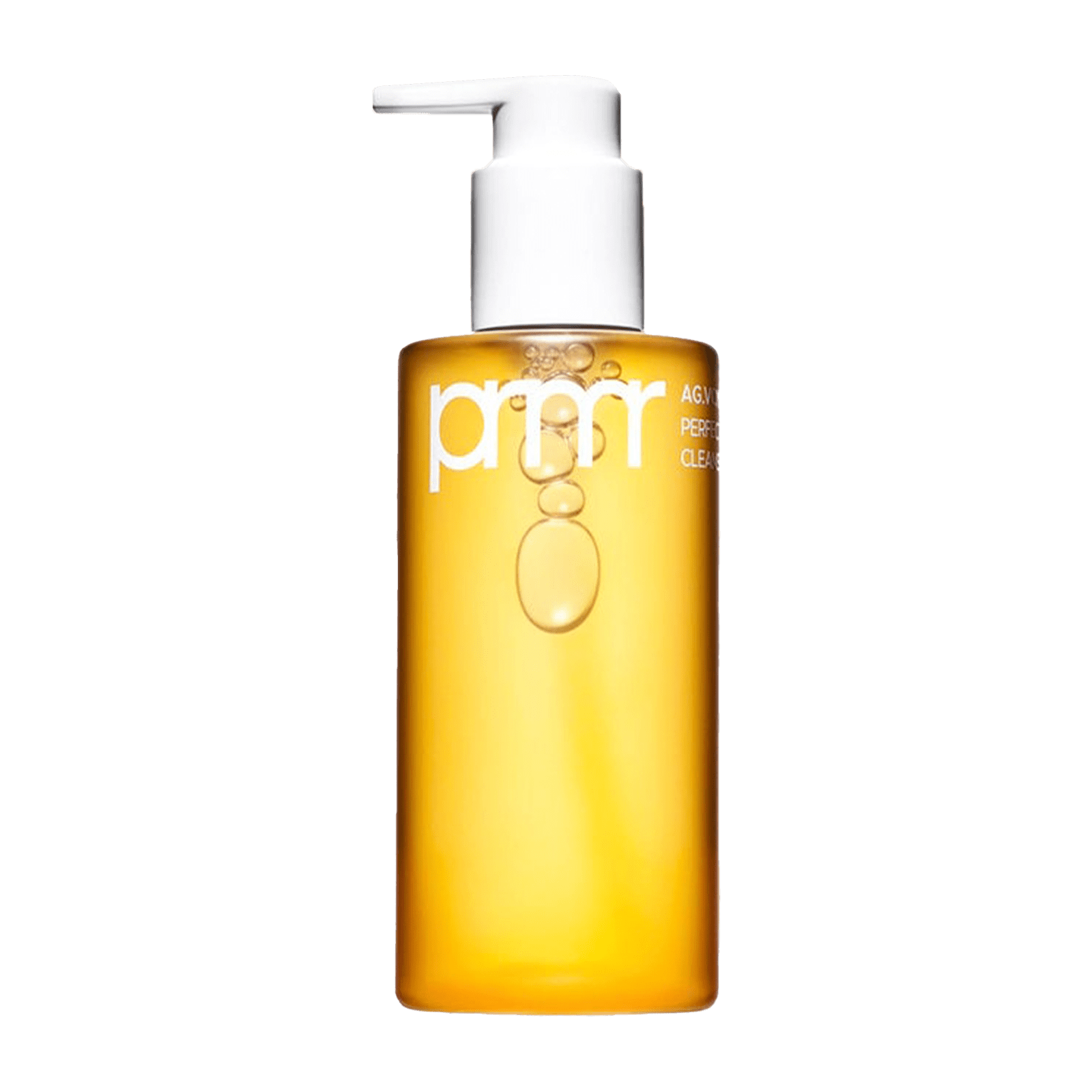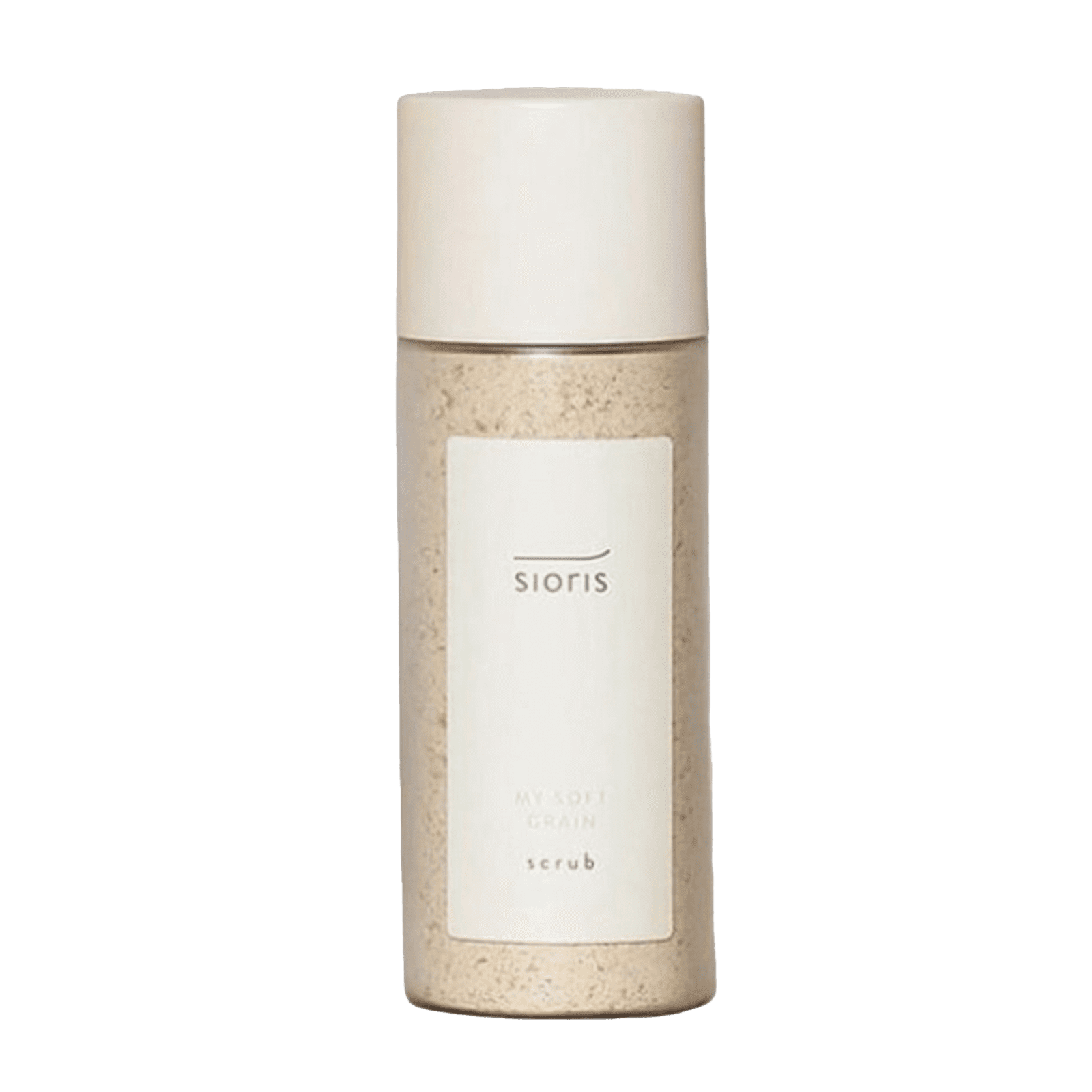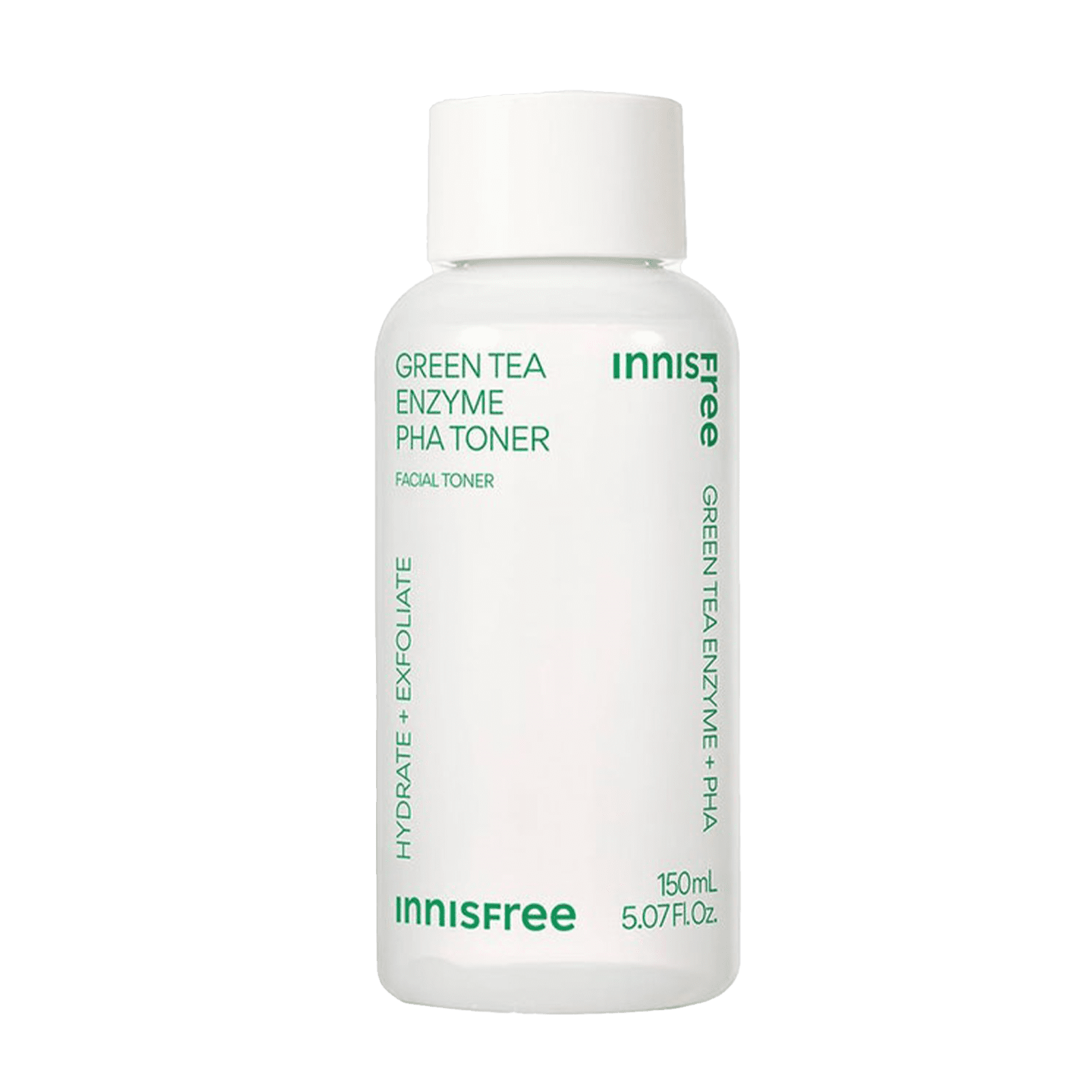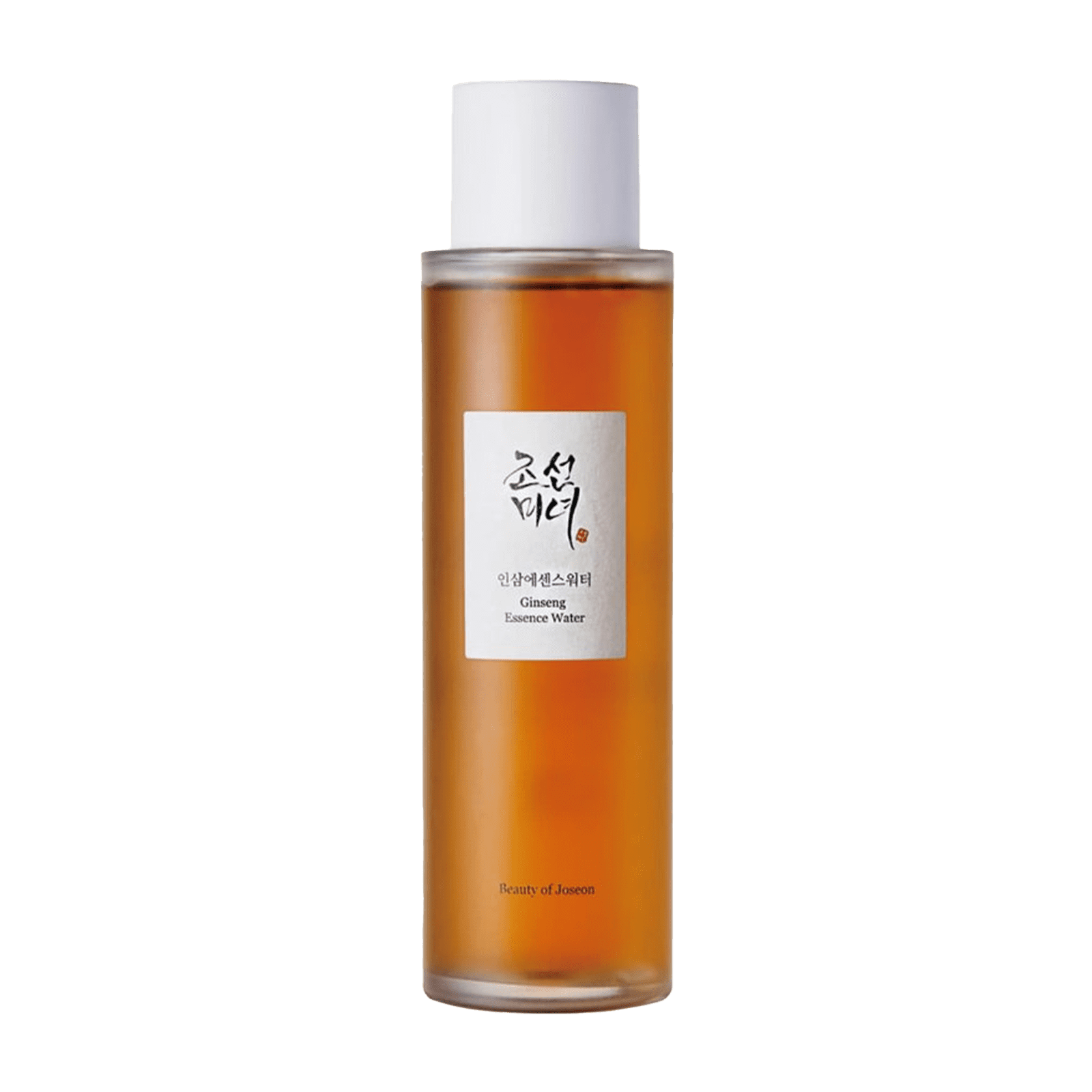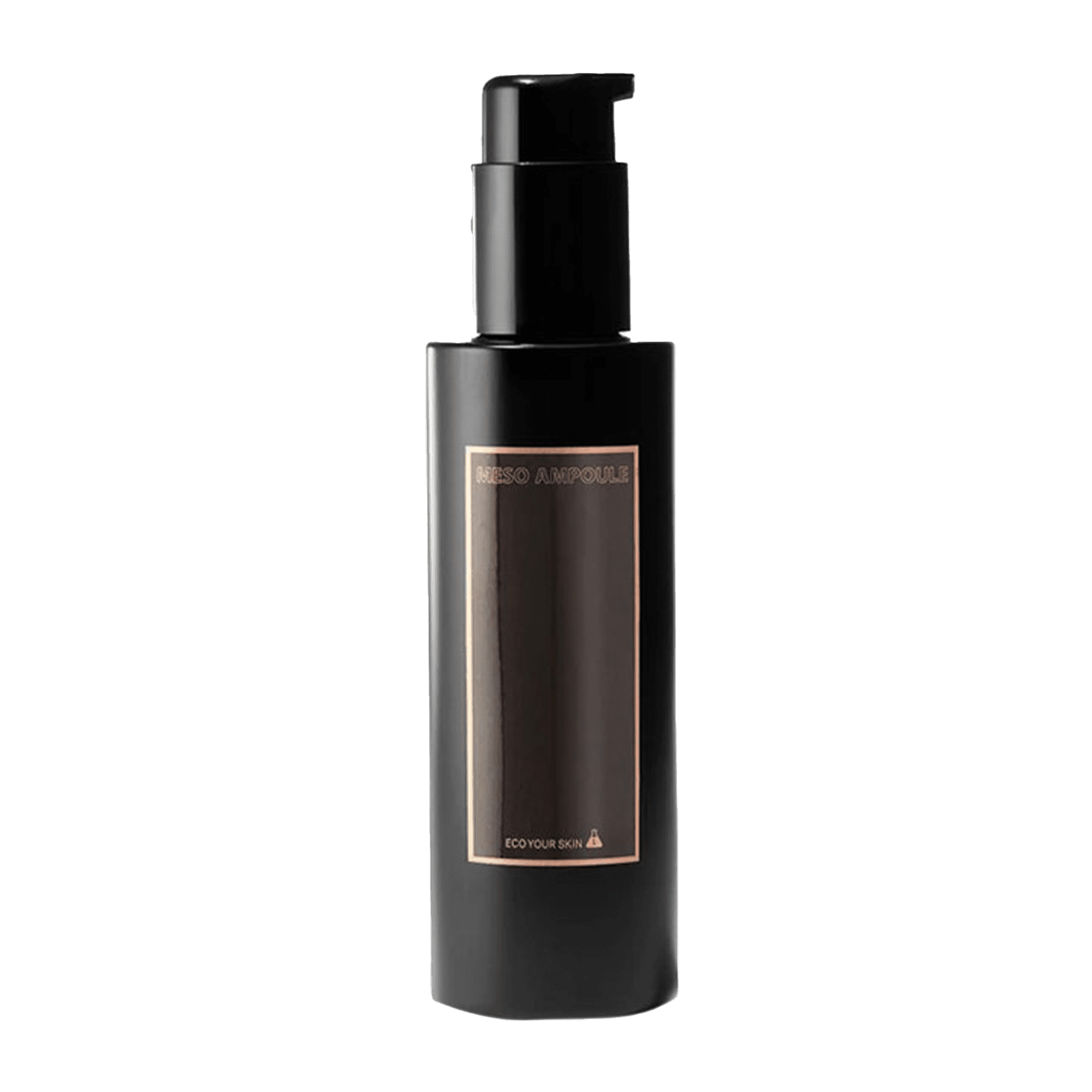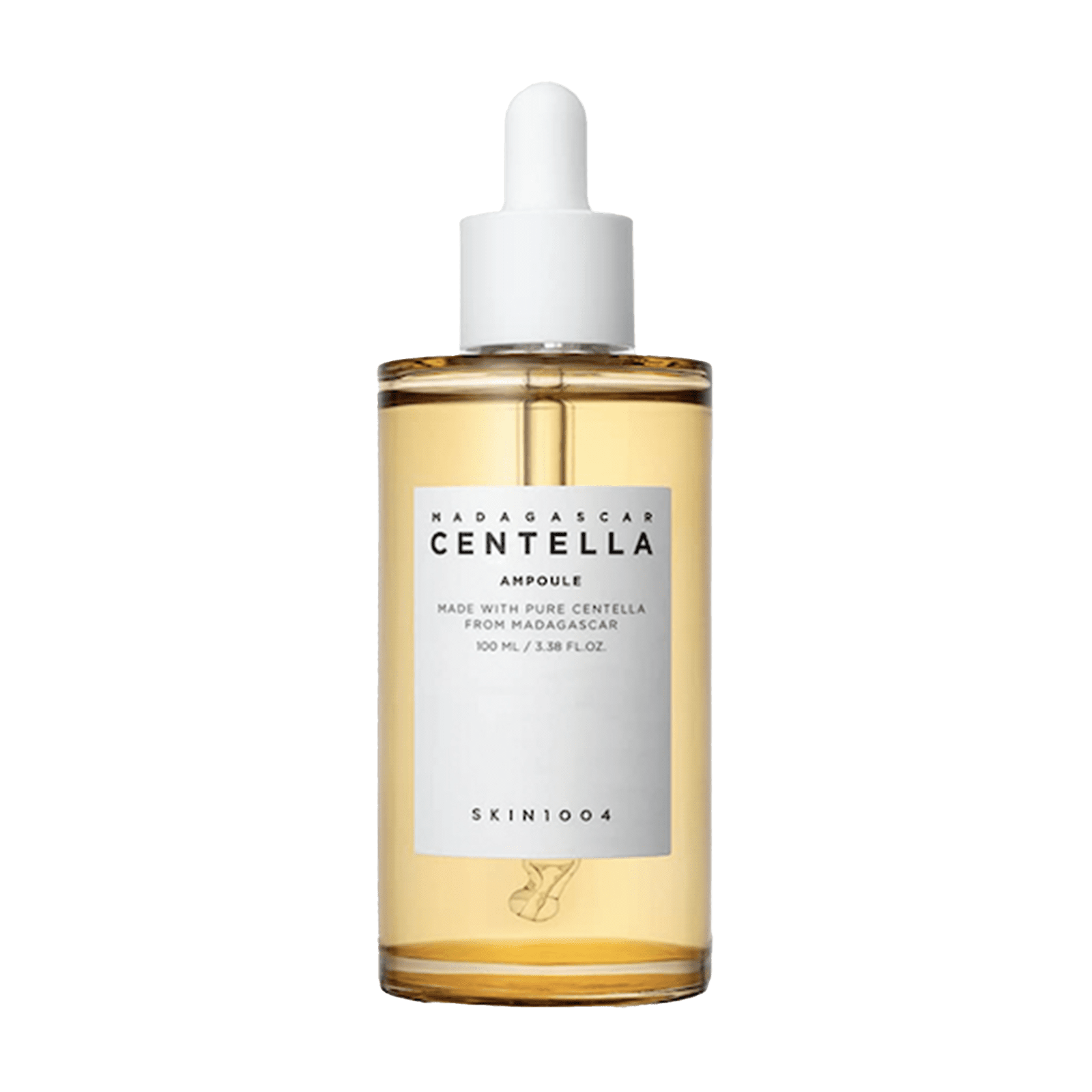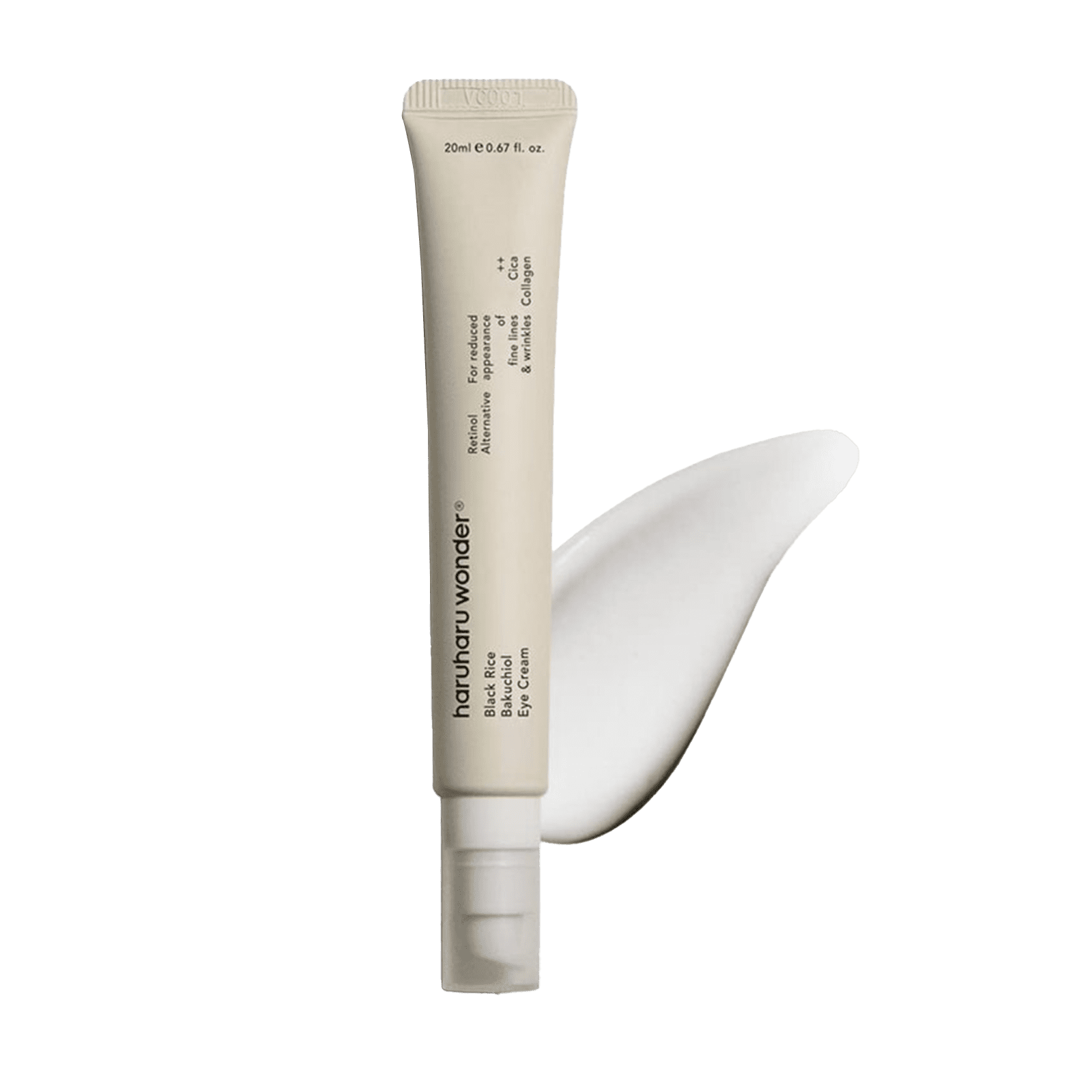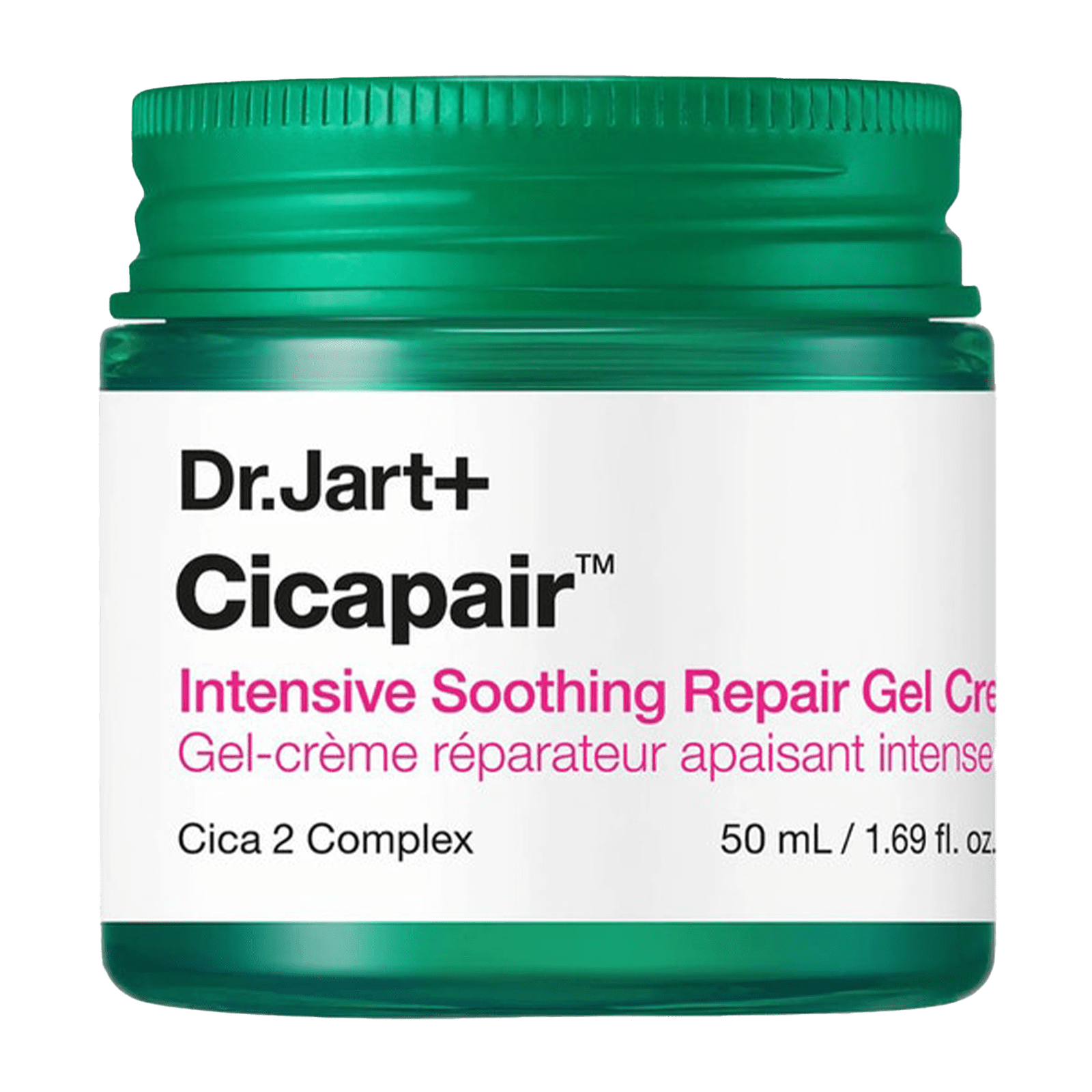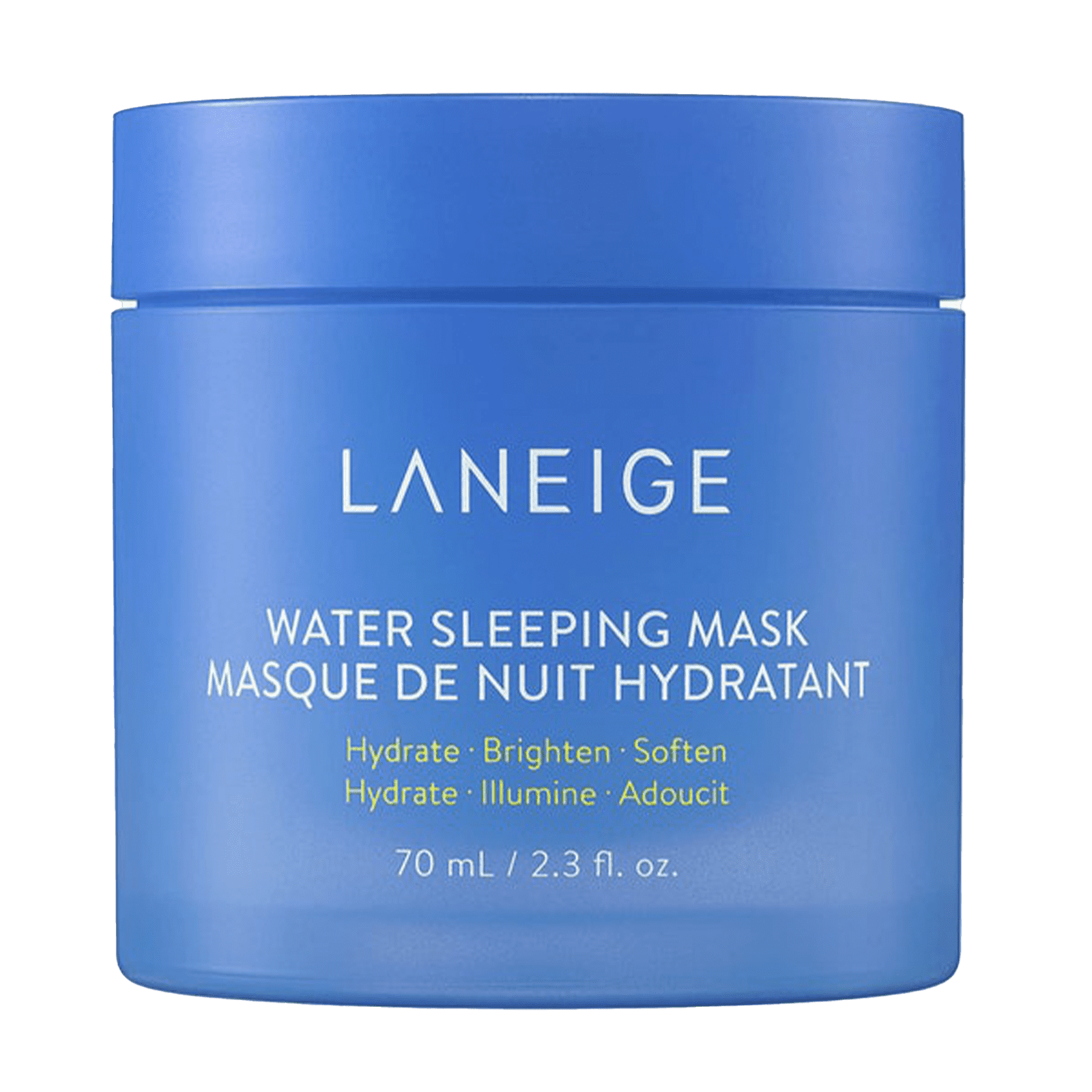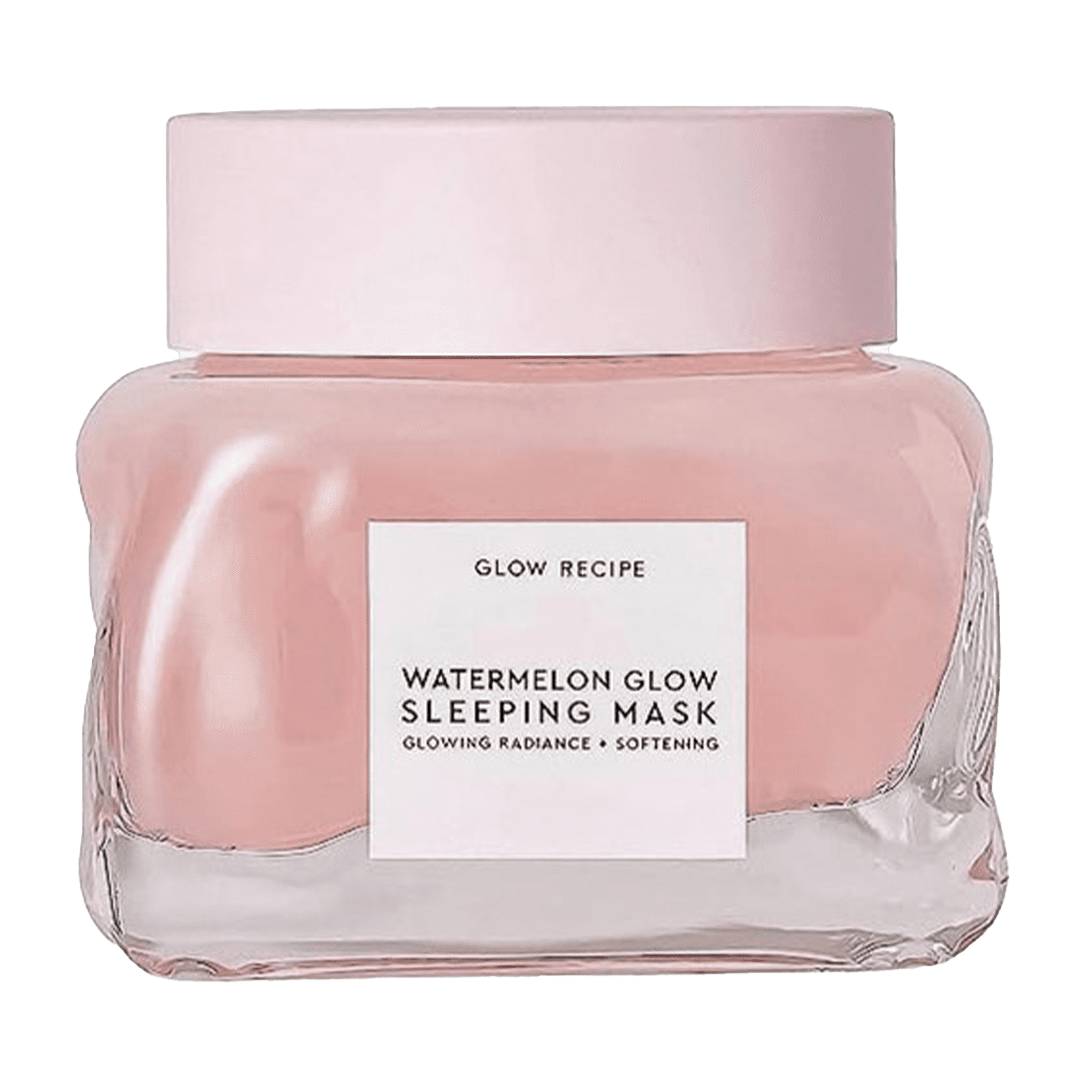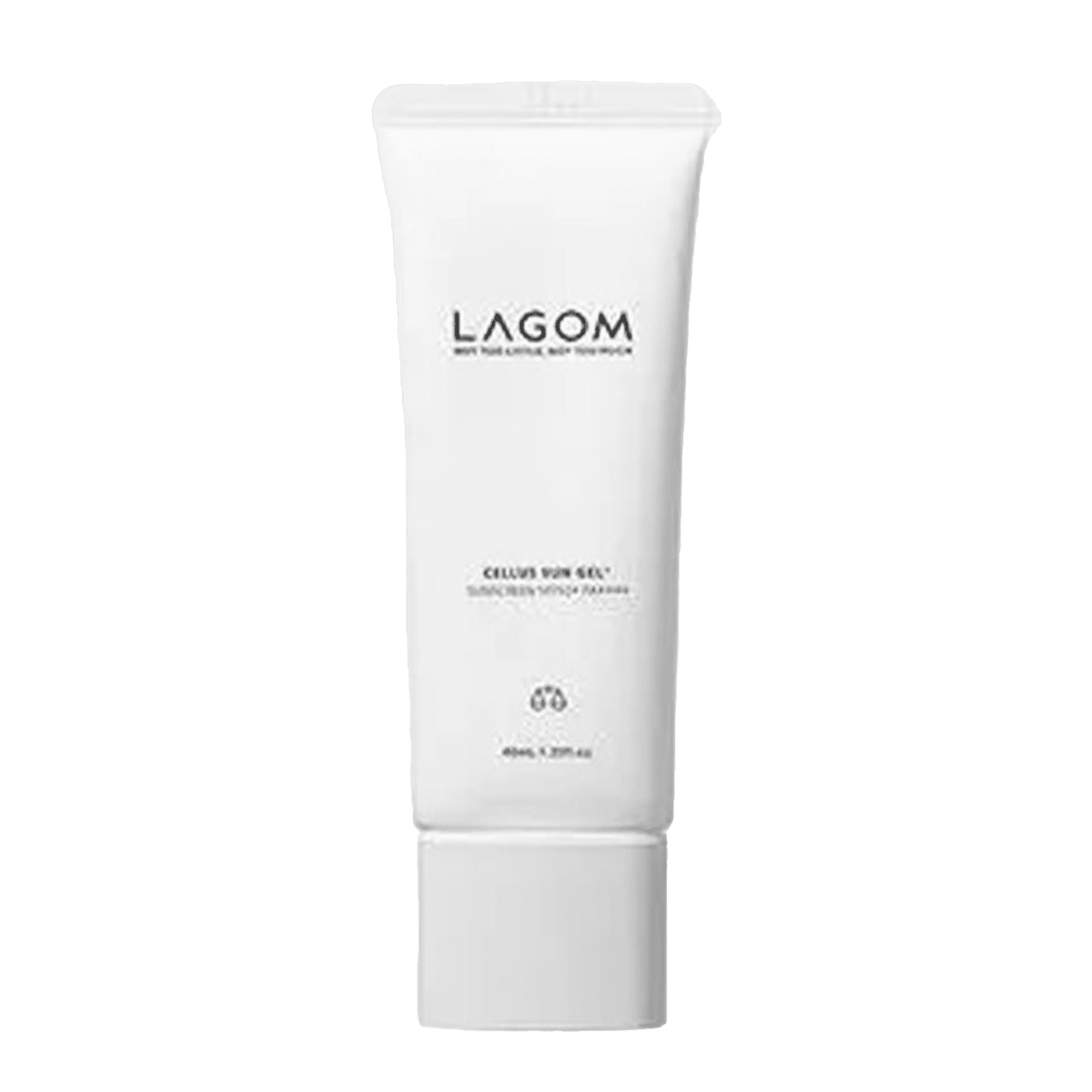by Polina Kovaleva / Pexels
True skincare enthusiasts will tell you that one secret to achieving smooth, even-toned, dewy skin lies in a 10-step Korean skincare routine. A leader in beauty innovation, Korea continuously pushes the standard with new ingredients, formulas, and techniques. The K-beauty influence on the rest of the world is not new, but recently, more consumers are turning to Korea for best-in-class tips and tricks. According to licensed aesthetician Natalia Barzotti, a 10-step Korean skincare routine emphasises hydration and mild exfoliation, resulting in coveted glass skin.
The 10-step Korean skincare essentials
The steps themselves are pretty easy; there’s no need for using LED face masks every night to achieve results. They’re straightforward in the best way and can be easily incorporated into an existing routine if you trade a bit of your doom-scrolling time.
Remember that a 10-step skincare routine requires something money can’t buy – patience and consistency. After all, these products will only collect dust in your medicine cabinet if you don’t stick to using them daily. While ten steps may sound overwhelming, especially if you prefer to keep things minimal, you don’t have to do all ten steps every night. Feel free to experiment and find what works best for you and your skin type.
What is the 10-step Korean skincare routine?
A 10-step Korean skincare routine is a multi-step regimen that emphasises hydration, gentle exfoliation and targeted treatments to achieve its results. Known for its meticulous and holistic approach, per Yoon, the result of these steps is a glowing complexion.
However, one important thing to understand before starting a 10-step K-beauty skincare routine is to fully know your skin type, warns Epley. For instance, you may want to skip the exfoliating scrub step if you have sensitive skin, rosacea, or active acne as it may cause further irritation.
Why is Korean skincare so good?
According to Barzotti, Korean skincare focuses on using highly hydrating ingredients that support skin barrier health. It’s beneficial for all skin types, particularly sensitive skin, thanks to its gentle yet results-driven approach.
Korean skincare is also part of an incredibly competitive industry, driven by the demands of Korean consumers who are among the most discerning globally when it comes to skincare. “Korean patients are deeply informed and extraordinarily exacting when it comes to their skin goals,” says Yoon. She attributes this demand to the cultural perspective that skincare is not just cosmetic but a form of healthcare and self-care. “Growing up, I was taught to brush my teeth as a toddler and how to properly apply moisturiser and sunscreen,” she explains.
She continues to highlight Korea’s strong social connectivity online, noting platforms like Cyworld preceding Facebook and the country’s exceptionally fast internet connections. This connectivity fosters a massive online community where skincare information is constantly shared. Yoon mentions Hwahwae, an app with millions of subscribers reviewing skincare formulas and tracking ingredient safety and profiles.
“For brands to excel and stand out among demanding and highly discerning Korean consumers, they must exceed expectations in efficacy, ease of use, delightfulness, and value,” says Yoon. This intense competition drives continuous innovation in the industry.
Step 1: Oil-based or balm cleanser
According to celebrity aesthetician Alicia Yoon, the first step in any 10-step Korean skincare routine is an oil cleanser. Oil-based impurities like excess sebum, makeup, and SPF are best removed with oil because like attracts like, a principle familiar to those who can remember their high school science class.
Step 2: Water-based cleanser
The second step is, you guessed it, another cleanser! Double-cleansing is essential in K-beauty routines, though its since been adopted in skincare routines all over, including Victoria Beckham’s. By following up with a water-based cleanser, you can properly remove water-based impurities like dirt, sweat, and grime. Yoon suggests opting for a low pH, sulfate-free, calming cleanser to give skin a gentle kickstart or choosing a treatment cleanser suited to your skin concern. However, if you have acne, she suggests using an acne-specific cleanser to deep cleanse down to the pores. Aesthetician Mandy Epley recommends this step for the evening only, not as part of your morning routine.
Step 3: Exfoliator
Depending on your skin type and exfoliator, this might be a daily or weekly step – make sure to read the instructions on the label. Yoon explains that on the days you’re exfoliating, you should do so after cleansing.
Step 4: Toner
Next come the toners. While toners may have a negative connotation in your mind, nowadays there are many that aren’t harsh, stripping, or astringent, especially if you choose a K-beauty option. “Korean toners are incredibly hydrating, and their main job is to focus on balancing the skin, including the skin’s pH level,” says Yoon.
Step 5: Essence
Toners and essences may offer similar benefits, but they’re not exactly interchangeable. Yoon explains that the main difference lies in their primary functions: a toner helps balance the skin, while an essence floods it with hydration. If your toner is deeply hydrating, it can double as an essence. Depending on the essence, they may also contain more concentrated ingredients and benefits compared to toners. “Think of essences as hydrating elixirs that can also deliver lightweight treatment benefits,” says Yoon.
Step 6: Prescription topicals
“If you are using any prescription topicals, you would typically apply them directly onto dry skin once everything is patted in, either right after cleansing or right after your toner and essence,” explains Yoon. Every prescription has its nuances, so check in with your doctor on where exactly this would fit into your routine.
Step 7: Treatments
The next step is your treatments: serums and ampoules. “Depending on the formula, the order might differ, but the general rule of thumb is light to heavy in texture to optimise absorbency,” says Yoon. You’ll want to choose a serum that either hydrates, brightens, firms, and/or calms to achieve luminous, smooth, clear skin. Ensure it can be easily paired with other treatments without concern.
Step 8: Eye cream
Don’t forget eye creams! Yoon advises choosing one that suits your eye area and addresses specific concerns you’re targeting. The eye area is sensitive and prone to milia, so always make sure to patch test. “Remember to dab on the product rather than tugging and pulling,” she adds.
Step 9: Moisturiser
It’d be a crime to skip moisturiser, which is why this step comes last to seal it all in. According to Yoon, Korean skincare offers incredible textures and exceeds expectations with sensorial experiences. This is particularly true for Korean moisturisers, as the final step not only provides skincare benefits, but also significantly affects how your skin looks and feels after application.
Step 10 PM: Masks
This is a bonus step for nights when you have extra time or want to treat yourself. Masks are an incredibly diverse and fun category in Korean skincare. “Depending on the mask, its application might vary, but typically, they are used after cleansing and toning. What comes next is up to you: some prefer to complete their entire skincare routine after masking, while others may simply want to lock in the benefits with a moisturiser,” says Yoon. Her motto: Have fun with your skincare, pay attention to your skin, and see what it needs.
Step 10 AM: SPF
And in the mornings, the final step is SPF, rain or shine. “With the diverse and modern sun filters that can be used, Korean sunscreens are typically weightless, invisible, and feel more like a light moisturiser or soothing serum than the sunscreens we might be familiar with stateside,” says Yoon.
This article was originally published on British Vogue.
